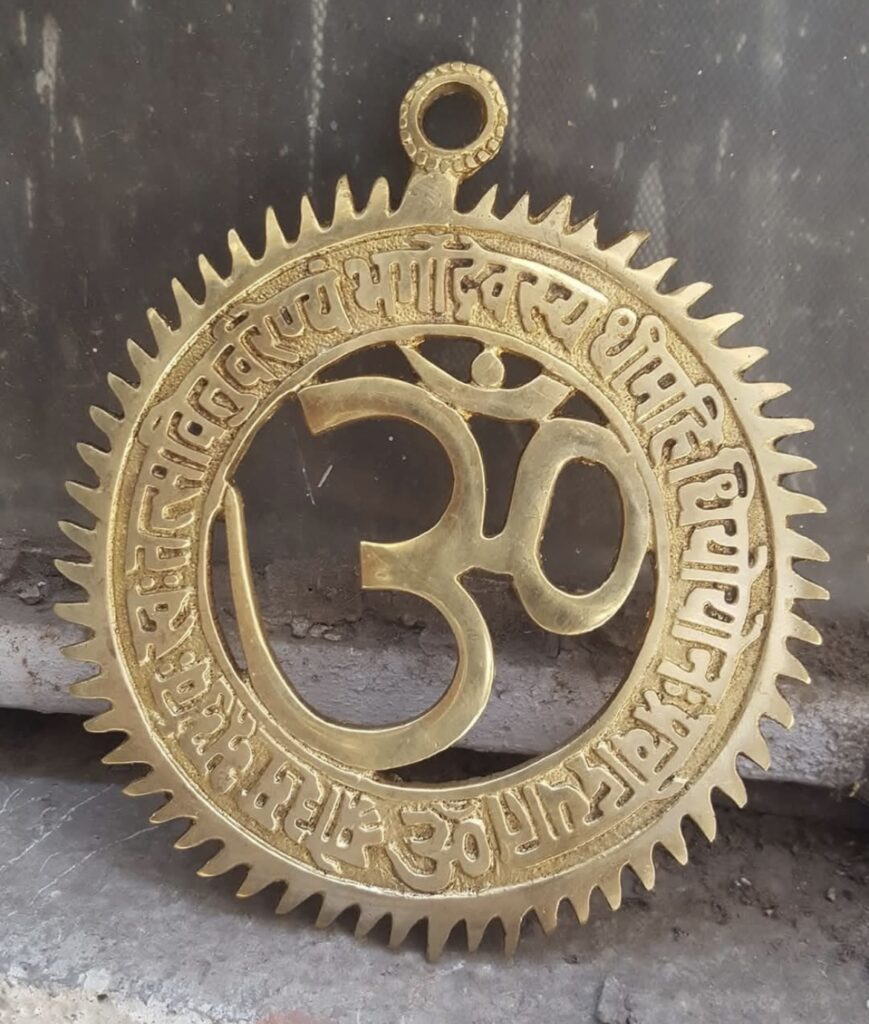Focus!

Concentration on a single point or task, Dharana, is the 6th limb of yoga. In the Introduction to Light on Yoga, BKS Iyengar reminds us that in order “to get the best out of any instrument, one must know how it works”. The “instrument” of Dharana is the mind. As we continue in our yogic practices to “still the fluctuations of the consciousness”, it is important to understand how the mind moves in order to catch it from its usual distracted state and direct it toward one of focus.
The mind is subtle and difficult to restrain. Understanding the movements and states of the mind can at least give us a roadmap to know where we are in process and help us recognize what practices we may need to capture and tame its usual fickle nature. The energies of the gunas continue to be at play on our mental states, as stated below from The Introduction to Light on Yoga:
- Ksipta: The mind is scattered and drawn outward in desires and attachments. The rajo-guna of overactivity is dominant.
- Viksipta: The mind is agitated and distracted, but there are some moments to acknowledge the path and the need to put in effort toward stilling the fluctuations.
- Mudha: The mind is dull and lazy and unable to find energy for discipline or practice. The tamo-guna of stasis and inertia is dominant.
- Ekagra: The mind is focused and concentrated on a single object or action. This focus is dominated by the sattva-guna. Clarity begins to dawn.
To move beyond ekagra into the most exalted fifth mental state of niruddha takes immense mental strength, not to mention a lot of faith and devotion – which have been major themes throughout the Introduction to Light on Yoga for all the previous limbs of yoga. Niruddha rides the “sharp edge of a razor” that BKS Iyengar mentions in the part of the Introduction on Pratyahara. To move beyond the strong attachments to “I” and “mine” the yogi needs to concentrate toward something beyond our individual ego. Only through this intense focus will we maintain mental equilibrium for the coming last yogic limbs of Dhyana and Samadhi.
There are numerous ways to focus and concentrate the mind for Dharana like prayer, chanting, images of your chosen godhead, etc… In Light on Yoga, Iyengar suggests a concentrated practice on the universal sound of AUM, the symbol and sound representing the Divinity that runs through the whole of the Universe.

Many students ask what AUM means, and in the Introduction of Light on Yoga, BKS Iyengar touches on the vastness of its meaning. The three letters that make up the full sound and the symbol used to represent it means so much and come together to represent numerous totalities. Below are just a few to consider:
“According to Sri Vinoba Bhave, the Latin word Omne and the Sanskrit word AUM are both derived from the same root meaning all and both words convey the concepts of omniscience, omnipresence and omnipotence.”
“The letter A symbolizes the consciousness or waking state, the letter U the dream state, and the letter M the dreamless sleep state of the mind and spirit. The entire symbol, together with the crescent and the dot, stands for the fourth state, which combines all these states and transcends them. This is the state of Samadhi.” (the final state of yoga)
- Speech, mind, and breath come together for the entire living spirit
- Length, breadth and width which represent Divinity beyond all shape and form
- Three genders of masculine, feminine, and neuter coming together to represent all of Creation
- The three tenses of past, present, and future come together to transcend the limits of time
- The three teachings of mother, father, and Guru that lead us toward knowing our Self completely